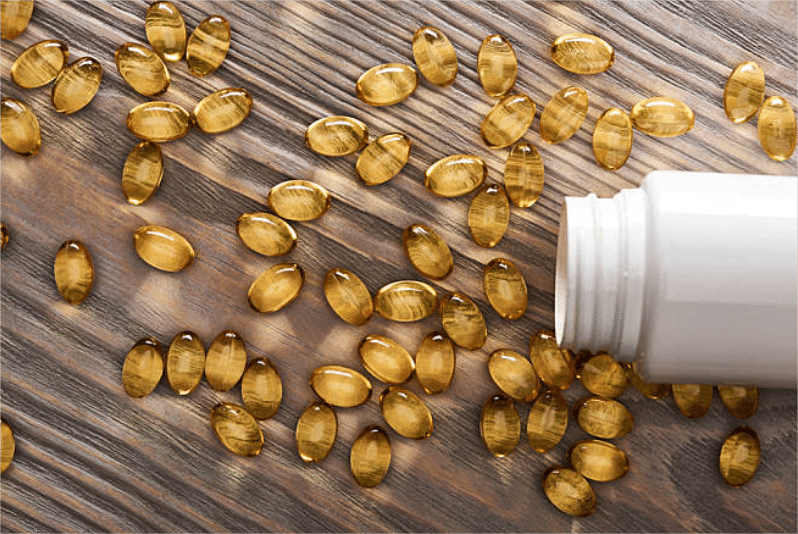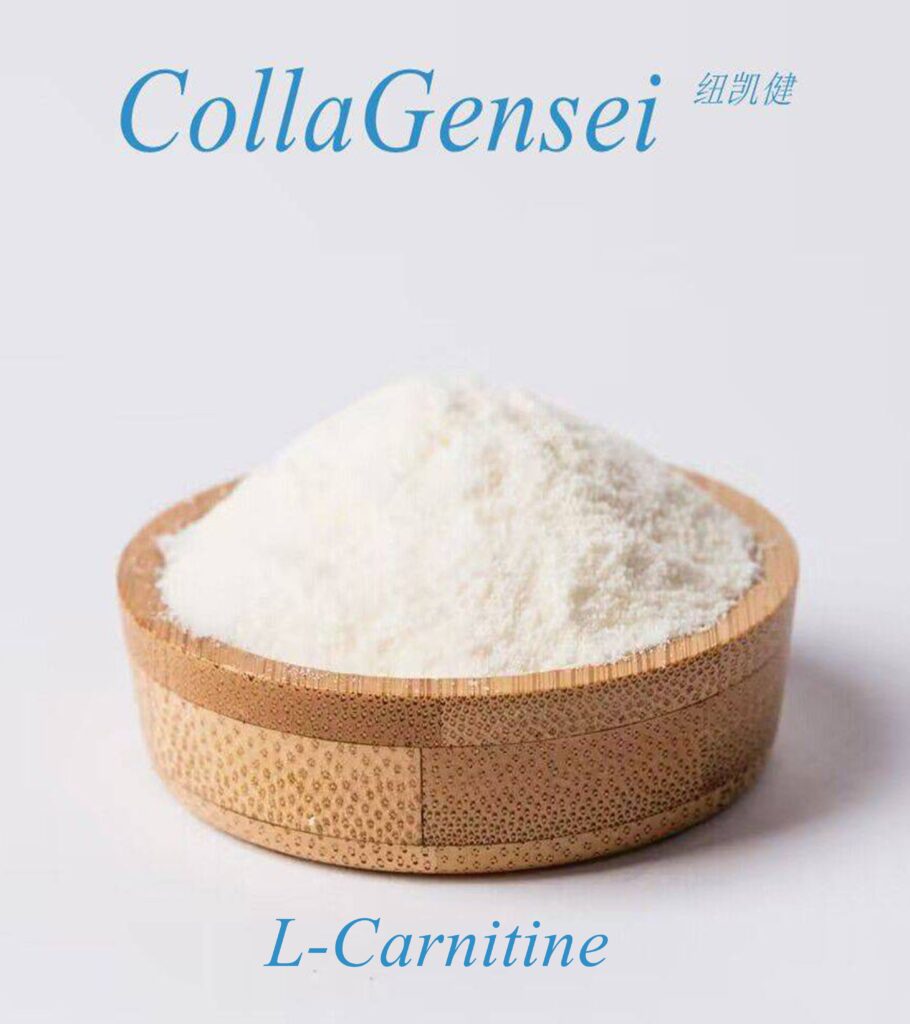Introduction
In the quest for health and beauty, proteins play crucial roles in our diets and personal care products. Two noteworthy proteins, hydrolyzed keratin and pea protein, are popular for their distinct benefits. Hydrolyzed keratin, often associated with hair care, is valued for its ability to strengthen and repair hair. In contrast, pea protein, derived from yellow split peas, has gained recognition as a plant-based protein source favored by vegans and those seeking to increase their protein intake. This article explores the differences, benefits, and applications of hydrolyzed keratin and pea protein.
What is Hydrolyzed Keratin?
Hydrolyzed keratin is a protein derived from keratin, a fibrous structural protein found in hair, skin, and nails. The hydrolysis process breaks down keratin into smaller peptides, making it more absorbable and effective for various applications, particularly in cosmetic formulations.
Source and Composition
- Source: Hydrolyzed keratin is typically sourced from animal products, including hair, feathers, or hooves.
- Composition: It is rich in essential amino acids, particularly cysteine, which is vital for forming disulfide bonds that contribute to hair strength and resilience. Other amino acids include serine, threonine, and arginine.
Health and Beauty Benefits of Hydrolyzed Keratin
- Hair Strength and Repair: Hydrolyzed keratin penetrates the hair shaft, helping to repair damage from heat styling, chemical treatments, and environmental factors. This leads to stronger and healthier hair.
- Moisture Retention: It aids in retaining moisture in the hair, enhancing softness and manageability. This property makes it ideal for dry or damaged hair.
- Frizz Reduction: By smoothing the hair cuticle, hydrolyzed keratin reduces frizz and improves hair texture, resulting in shinier, healthier-looking hair.
- Protective Barrier: It forms a protective barrier on the hair, shielding it from external damage caused by pollution, UV rays, and styling tools.
What is Pea Protein?
Pea protein is a plant-based protein derived from yellow split peas. It is gaining popularity as a vegan protein source due to its excellent amino acid profile, digestibility, and sustainability. Pea protein is often used in protein powders, bars, and various food products.
Source and Composition
- Source: Pea protein is extracted from yellow split peas, which are legumes.
- Composition: It contains a rich array of amino acids, including branched-chain amino acids (BCAAs) like leucine, isoleucine, and valine. Pea protein is particularly high in lysine, which is often low in many plant-based proteins.
Health and Nutritional Benefits of Pea Protein
- Muscle Growth and Recovery: Pea protein is effective for muscle growth and recovery, making it popular among athletes and fitness enthusiasts. Its high BCAA content supports muscle protein synthesis.
- Weight Management: As a high-protein food, pea protein can help promote satiety, aiding in weight management and reducing overall calorie intake.
- Digestive Health: Pea protein is rich in fiber, promoting digestive health and regularity. It may also support a healthy gut microbiome.
- Allergen-Friendly: Unlike many other protein sources, pea protein is hypoallergenic and free from common allergens like dairy, soy, and gluten, making it suitable for a wide range of diets.
Comparing Hydrolyzed Keratin and Pea Protein
While hydrolyzed keratin and pea protein serve different purposes, they both offer significant health and beauty benefits. Here’s a closer look at their key differences:
Source and Origin
- Hydrolyzed Keratin: Derived from animal sources, primarily hair or feathers, making it unsuitable for vegans and vegetarians.
- Pea Protein: Plant-based, derived from yellow split peas, and suitable for vegans and those seeking plant-based protein options.
Amino Acid Profile
- Hydrolyzed Keratin: Rich in specific amino acids, particularly cysteine, which is crucial for hair structure.
- Pea Protein: Contains a broad spectrum of amino acids, with a notable amount of branched-chain amino acids beneficial for muscle recovery.
Uses
- Hydrolyzed Keratin: Primarily used in hair care products such as shampoos, conditioners, and treatments to strengthen and repair hair.
- Pea Protein: Used in various food products, protein powders, and supplements for dietary protein needs.
Culinary Uses of Pea Protein
Pea protein is versatile and can be easily incorporated into various dishes:
- Smoothies: Add pea protein powder to smoothies for an extra protein boost.
- Baked Goods: Use it in baking recipes to enhance the protein content without altering the flavor significantly.
- Soups and Sauces: Pea protein can be added to soups and sauces for added creaminess and nutrition.
Environmental Impact
The sourcing and production of hydrolyzed keratin and pea protein raise different environmental considerations:
- Hydrolyzed Keratin: The production process can have a larger environmental footprint due to animal farming practices. Concerns about animal welfare and sustainability are relevant.
- Pea Protein: Generally considered more sustainable, pea protein requires less water and land compared to animal protein sources. It also contributes to soil health by fixing nitrogen.
Dietary Considerations
- Hydrolyzed Keratin: Typically found in topical products, not as a dietary supplement. Not suitable for vegans or vegetarians.
- Pea Protein: Available in various forms, including powders and bars, making it a convenient option for those seeking plant-based protein.
Combining Hydrolyzed Keratin and Pea Protein
While both proteins serve different purposes, they can complement each other in certain formulations:
- Beauty Supplements: Some beauty supplements combine hydrolyzed keratin and plant-based proteins like pea protein to support both hair and overall health.
- Food Products: Food products can utilize pea protein for nutritional benefits while incorporating hydrolyzed keratin for hair health, appealing to consumers interested in holistic wellness.
Conclusion
Hydrolyzed keratin and pea protein each offer unique benefits in health and beauty. Hydrolyzed keratin is a powerful ingredient for hair care, helping to strengthen and repair damaged hair, while pea protein is an excellent plant-based protein source that supports muscle growth and overall health. Understanding these differences allows individuals to make informed choices based on their dietary needs and beauty goals.




